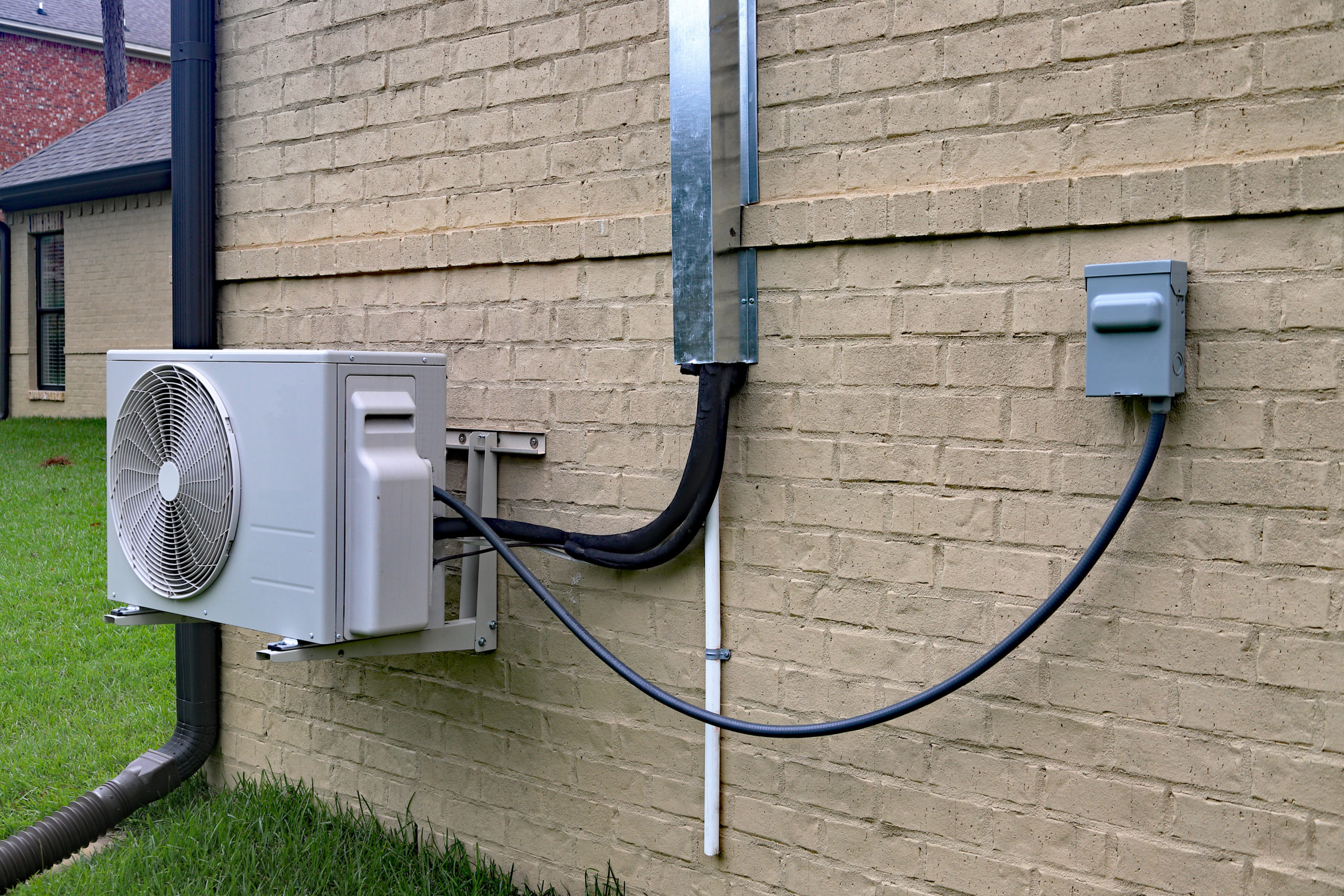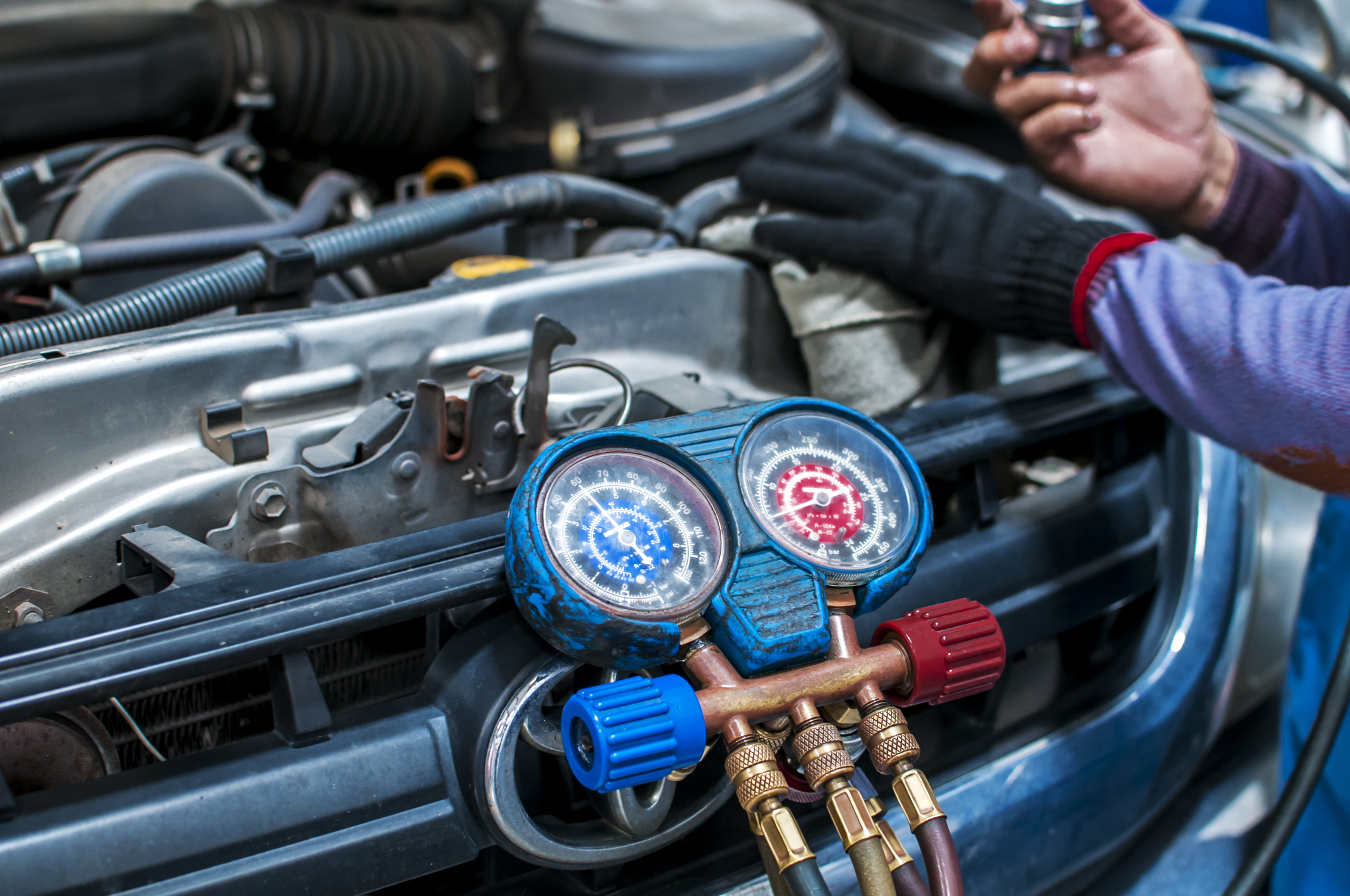If you've ever encountered a scenario where the air conditioning in your skyscraper seemed to be blowing warm air in spite of the thermostat being readied to cool down, you could be aware of one of the common issues encountered in such structures.
Nevertheless, this issue is just the suggestion of the iceberg when it involves the intricacies of air conditioning repairs in high buildings. Comprehending the complex interaction between numerous aspects influencing a/c systems in high-rises is crucial for efficient fixing and upkeep.

Key Takeaways

- Weak air flow in high-rises suggests ductwork design concerns.
- Thermostat calibration is essential for accurate temperature control.
- Refrigerant leaks effect effectiveness and need punctual securing.
- Appropriate maintenance of condensate drainage stops clogs in tall structures.
Insufficient Airflow
If you discover weak air flow in your high-rise building, it could be an indicator of underlying concerns with the a/c system. Usual reasons for inadequate air movement frequently come from airflow limitations within the ductwork design. These constraints can happen because of various reasons such as clogs, incorrect sizing of ducts, or even flexes and twists in the ductwork that impede the smooth flow of air.
Among the key elements adding to airflow constraints is the style of the ductwork. Poorly created duct systems can lead to uneven distribution of air throughout the structure, causing certain areas getting not enough cooling or heating. In addition, poor insulation or dripping ducts can additionally aggravate air flow concerns, triggering energy wastage and discomfort for owners.
To resolve air flow troubles efficiently, it is very important to have the ductwork inspected by an expert heating and cooling technician. They can determine any kind of constraints, leaks, or design flaws and suggest suitable services to maximize air flow and improve the total performance of the air conditioning system in your high-rise building.
Thermostat Malfunctions
When experiencing thermostat breakdowns in high-rise buildings, specialist treatment is necessary to ensure the functionality of the air conditioning system. Malfunctioning wiring can lead to incorrect temperature readings, triggering irregular temperature levels throughout the building. Sensor calibration is important to guarantee that the thermostat precisely shows the ambient temperature level, avoiding unnecessary air conditioning or heating. Additionally, concerns with sensing unit calibration can cause the system running longer than needed, impacting energy performance.
To deal with thermostat malfunctions successfully, consider the following:
- Look for faulty wiring that may be causing temperature level discrepancies.
- Consistently adjust sensing units to keep precise temperature readings.
- Enhance thermostat setups for boosted energy effectiveness.
- Make sure correct setup of the thermostat to avoid malfunctions.
- Speak with heating and cooling experts to detect and settle complex thermostat issues immediately.
Refrigerant Leaks
Resolving cooling agent leaks promptly is essential for keeping the effectiveness of your cooling system in high-rise buildings. Refrigerant plays a crucial function in the cooling process by soaking up and releasing warm, yet leaks can interrupt this cycle. When refrigerant leakages happen, the system's efficiency decreases, resulting in higher power usage and reduced cooling capacity. Surveillance refrigerant stress is essential to finding leakages at an early stage. A drop in pressure can suggest a leak, motivating prompt repair work to prevent additional damages.
Leak detection techniques such as utilizing electronic leakage detectors or ultraviolet dye can help pinpoint the resource of the leakage. When identified, the leakage should be secured without delay to stop refrigerant loss and guarantee the very best system efficiency. Regular maintenance checks can additionally aid prevent leakages by recognizing possible weak points in the system prior to they become major concerns. By dealing with cooling agent leaks quickly and carrying out appropriate leakage discovery actions, you can maintain the performance of your cooling system in high-rise buildings and prevent costly repair services down the line.
Uneven Cooling Circulation
Preserving constant airflow is crucial for accomplishing even cooling circulation in high-rise buildings. When unequal air conditioning happens, particular areas may come to be annoyingly warm while others continue to be freezing, causing tenant frustration.
To address this problem efficiently, consider the following:
- Thermostat Positioning: Confirm thermostats lie far from heat sources or cool drafts to precisely gauge the temperature level and regulate cooling.
- Balancing Dampers: On a regular basis check and change balancing dampers to regulate the quantity of airflow to each location, promoting balanced air conditioning throughout the structure.
- Proper Insulation: Check insulation around ductwork to stop air leakage, maintaining the most effective temperature level control and efficient air circulation. ac repair
- Air Filter Maintenance: Clean or replace air filters regularly to prevent blockages that can hinder air flow and hinder also cooling distribution.
- HVAC System Zoning: Make use of zoning systems to separate the building right into different areas with individual temperature level controls, making sure each space obtains the proper quantity of air conditioning.
Condensate Drainage Issues
On a regular basis examine and clear condensate drainage systems to prevent possible blockages and assurance optimal functioning in skyscrapers. Obstructed pipelines are a typical issue in cooling systems, specifically in high-rise buildings where the condensate drain lines can run fars away. To prevent obstructions, it's important to schedule regular upkeep checks.
Begin by aesthetically inspecting the drainage lines for any type of indications of clogging or buildup. Furthermore, purge the lines with a mix of water and bleach to prevent algae and mold and mildew growth, which can bring about blockages.
Maintenance suggestions for condensate water drainage systems include mounting a drain frying pan therapy to prevent microbial growth, frequently changing air filters to maintain proper air flow, and making sure that the drainage lines have adequate slope for water to move openly.
If you observe any type of indications of a blocked condensate drainpipe, such as water leaks or minimized cooling effectiveness, address the problem immediately to avoid further damage to the HVAC system. By staying aggressive with upkeep, you can protect against expensive repair work and assurance reliable operation of the cooling system in skyscrapers.
Regularly Asked Inquiries
Can Cooling Repair Works in High-Rise Buildings Be Even More Costly Than in Single-Family Houses or Low-Rise Buildings?
A/c repair work in skyscrapers can undoubtedly be more expensive compared to single-family homes or low-rise structures. The intricacy of the systems and the problem in accessing units in tall structures can drive up the fixing expenses.
To reduce these costs, think about normal upkeep tips like altering filters regularly and scheduling expert inspections. Precautionary treatment can assist identify concerns early and avoid costly fixings down the line.
How Can Homeowners in Skyscraper Ensure Correct Maintenance of Their Cooling Solutions to avoid Typical Problems?
To assure your a/c system in a high-rise building runs efficiently, follow these upkeep pointers.
Maintain filters clean to enhance energy effectiveness and air quality. Look for leaks frequently and timetable specialist examinations every year. Make use of a dehumidifier to regulate humidity levels.
Exist Any Type Of Particular Difficulties or Problems Associated With Fixing Cooling Systems in Skyscraper Compared to Various Other Sorts Of Structures?
When repairing cooling systems in skyscrapers, there are specific obstacles to take into consideration. Security regulations should be strictly followed to ensure the well-being of residents and employees.
Availability obstacles might occur as a result of the height of the structure, making it harder to reach particular areas for maintenance.
Noise issues are additionally prevalent as the audio from the system can travel conveniently in between floors.
Preserving energy effectiveness is critical in these high frameworks to maintain prices down.
What Are Some Potential Long-Term Outcome of Neglecting A/c Repairs in a High-Rise Building?
If you neglect a/c repair work in a high-rise building, potential threats can include decreased energy effectiveness, causing higher energy costs.

In addition, inadequate maintenance can influence indoor air high quality, creating discomfort and wellness problems for residents.
It's vital to address these problems without delay to guarantee the correct functioning of the system and preserve a comfy environment for every person in the structure.
Are There Any Type Of Certain Laws or Structure Codes That Govern Air Conditioning Fixes in High-Rise Buildings That Locals Should Know?
When it comes to cooling repairs in skyscrapers, residents should know particular laws and building ordinance. These standards control the maintenance of HVAC systems, ensuring security and efficiency.
Final thought
On the whole, preserving correct a/c in skyscrapers can be a difficulty as a result of usual problems like inadequate air flow, thermostat malfunctions, refrigerant leakages, uneven cooling circulation, and condensate drainage concerns.
Routine maintenance and prompt repair services are critical to guarantee the comfort and security of owners. By attending to these problems in a prompt way, structure owners can protect against expensive repairs and safeguard a pleasurable indoor environment for all residents.
